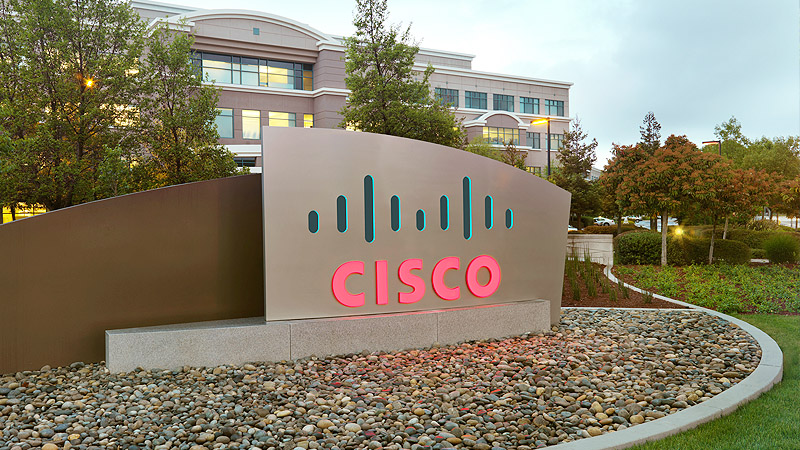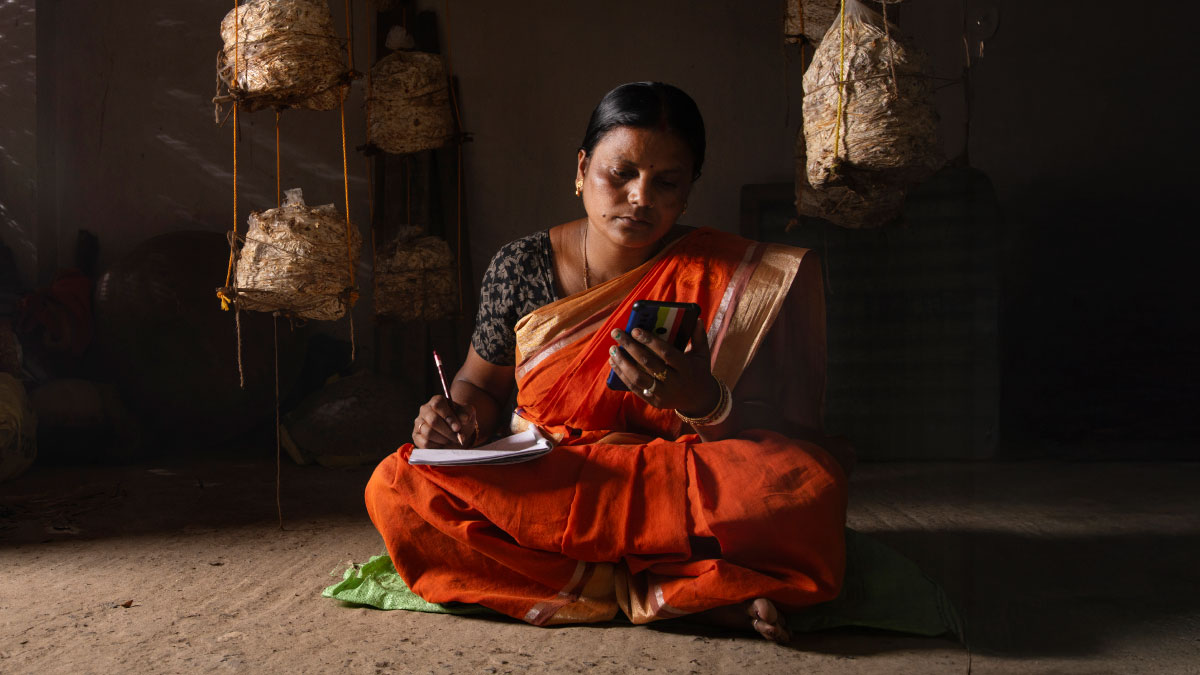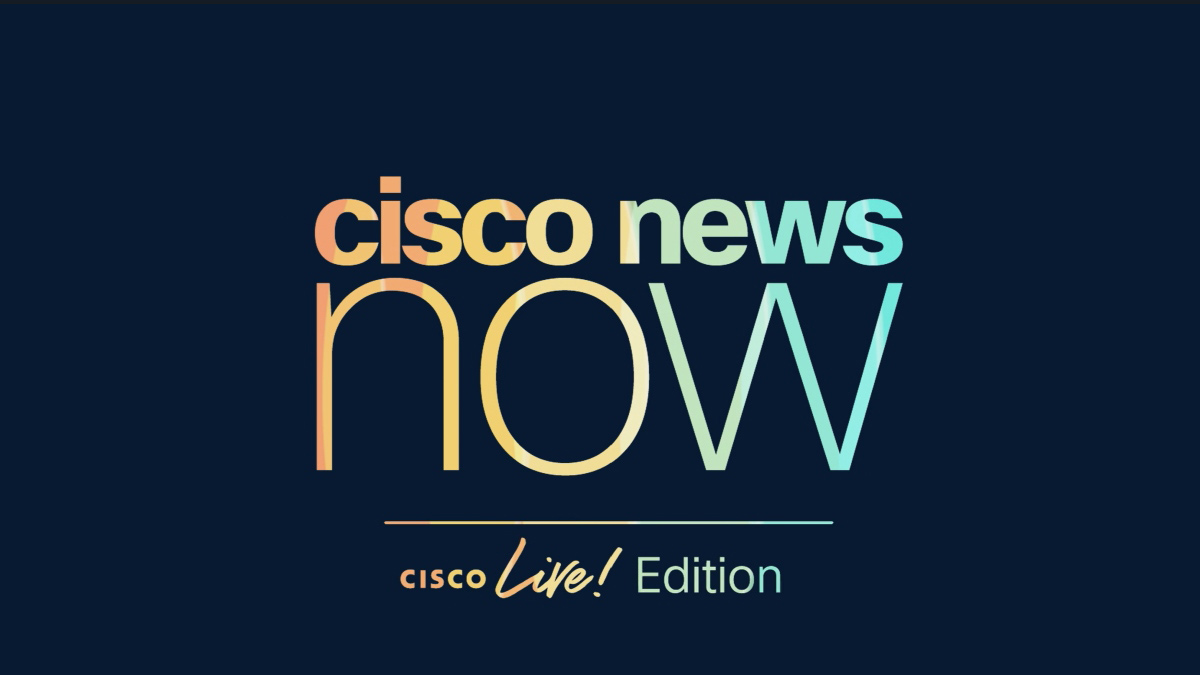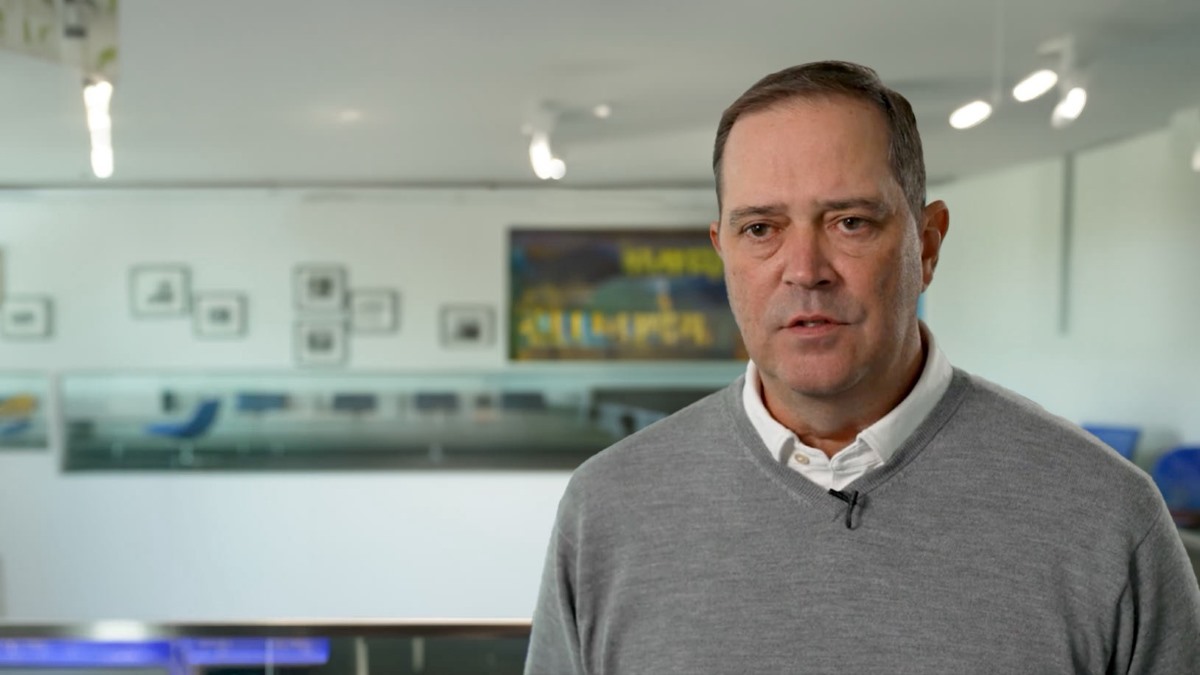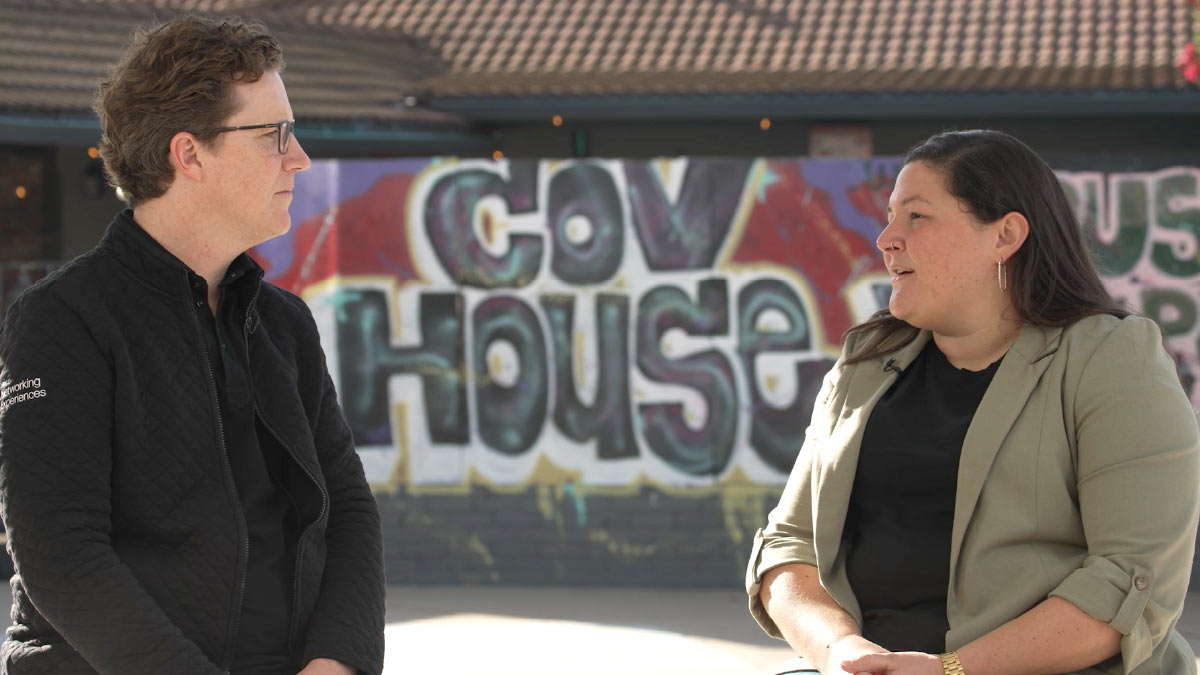HONOLULU, HAWAII, JANUARY 18th, 2016: The world has a unique opportunity to prevent a new digital divide and raise the quality of life for millions, according to a new report by networking giant, Cisco and the International Telecommunications Union (ITU), the UN specialized agency for ICTs.
The report, “Harnessing the Internet of Things for Global Development”, outlines how the Internet of Things (IoT) can act as the catalyst to rapidly accelerate the rate of global development to achieve, and surpass, the Sustainable Development Goals (SDGs) in a time frame unthinkable even a few years ago.
The joint report, launched at the Pacific Telecommunications Council annual meeting in Hawaii, highlights how the developed world’s demand for IoT technologies and connectivity means that IoT devices are now readily available, affordable and scalable for the developing world: providing the perfect platform to help kick start emerging economies and provide much improved quality of life for communities with minimal investment.
The IoT refers to any device able to connect to the Internet: as broadband access continues to soar and more and more devices are developed with sensors and wireless capability built in, the cost of the technology and connecting is plummeting. Meanwhile mobile penetration is booming. All of these factors are driving the vast appetite for the IoT.
As the developed world and mature economies rush to connect literally any device that can be connected, whether at home, work or play, the fear is that once again a two tier world will emerge – this time between the connected and the unconnected.
Cisco says while a digital gap currently exists, addressing it early can enable the IoT to act as a launch pad for innovation in developing economies to close the gap. The company notes evidence of the IoT already having an impact on health, education and livelihood programs, with future options for interaction and impact limitless. It cites 3 prime drivers that, if supported can accelerate the IoT developing world evolution:
Availability: IoT devices are already common, affordable and easily replaceable in developing markets. There is also a basic infrastructure in place (Wi-Fi, internet café’s etc.) to launch IoT devices and associated technologies as well as a well-established mobile backbone: according to ITU, there is 95% 2G coverage / 65% 3G population coverage globally.
Meanwhile, IoT devices are increasingly being used in rugged and inhospitable environments, and extreme conditions operating parameters are now being built into new devices due to the evolving external requirements: more and more devices are required to operate outside, in varying conditions & climates.
Interconnectedness is ultimately the key to increased usage. Fortunately, interoperability between devices is increasing, making operating and synchronizing a variety of “incompatible” devices possible and practical.
Affordability: IoT R&D costs continue to be absorbed by a hungry developed world market and there is little cost associated to “tweaking” IoT devices for the developing world. Cisco adds that complex, developed world infrastructure is not required or necessary for developing markets. “Core IoT” is readily available and provides a digital backbone to build upon.
Scalability: IoT devices are designed to be scalable. Many devices are now simple Plug & Play, requiring lower technical ability to install and maintain. Reduced and alternate power supplies (solar) can maintain sensors and networks where there is no consistent electricity supply making them ideal for countries struggling with irregular or unavailable grid power. Finally, IoT devices also tend to be ultimately flexible: offering short-term or long-term solutions and expansion at household, community and country’s “own’ speed.
Cisco says that together these factors have the ability to rapidly change the destiny of millions of people with immediate improvements in health, education and livelihood a simple connected device or sensor or two away.
The Cisco/ITU report urges developing world governments and businesses to: seize the opportunity to prevent the emergence of a new digital divide; invest early in positive policies and frameworks to develop global standards and foster entrepreneurial ecosystems; and create trust in a hyper connected world by designing, implementing and maintaining the latest security technologies.
By embracing these basic policies and recommendations, the company says, the financial and social impact benefits the IoT evolution brings will be available to all. Ultimately they may put an end to a divided and two-tier future and improve the quality of life for millions for years to come. / ENDS
#################################
Supporting Quotes
Dr. ROBERT PEPPER, VP GLOBAL TECHNOLOGY POLICY, CISCO:
“The Internet of Things is one of the defining and transformative technologies of our time. The ability to impact millions, if not billions, of lives for the better in the developing world and prevent another digital divide is within our grasp and is an opportunity we can’t afford to miss. Let’s act now to act to prevent a two-tier world between the connected and the unconnected.”
HOULIN ZHAO, SECRETARY GENERAL, ITU:
“The Internet of Things is one of the most exciting areas of our fast-evolving ICT industry, offering huge potential for disruption and transformation. In the context of global development challenges, this means we have the potential to surmount long-standing hurdles in basic services like health care, both quickly and affordability. IoT could prove the long-awaited new approach that will help turn-around developing economies and greatly improve millions of people’s day-to-day lives.”
Tags/Keywords: Cisco, IoT, Sustainable Development Goals,
